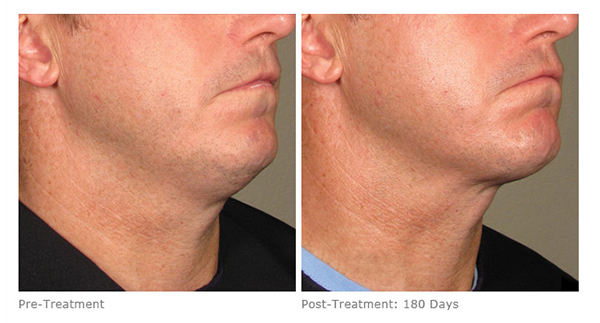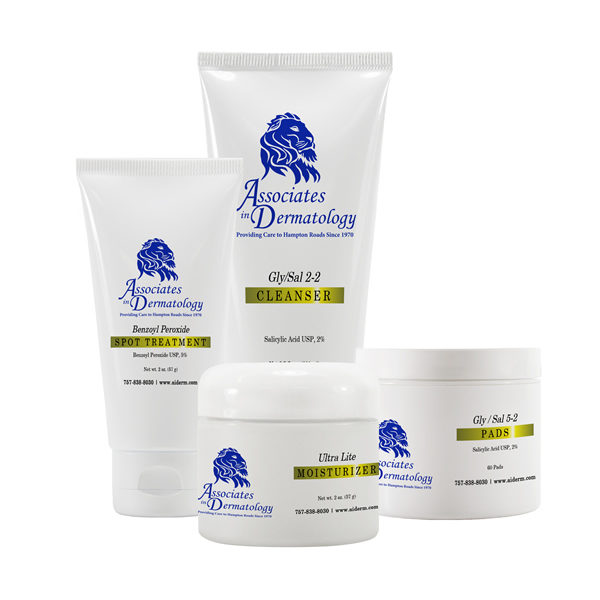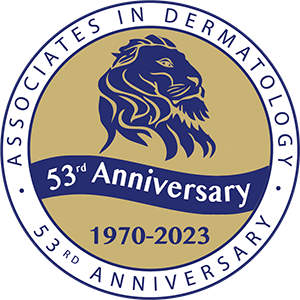 Are you keeping up with your end of summer to do list?
Are you keeping up with your end of summer to do list?
The last days of summer are an exciting, but incredibly busy time of year. With end-of-summer getaways, sports practices, back-to-school shopping trips, preparing college students to move back to campus, and preparing for business-as-usual to pick up again at the office, August seems to fly by.
With so much in front of us, it’s easy to let something like skincare slip through the cracks – and with that – dermatology appointments. And, with the last weeks of hot weather and sunshine upon us, the last thing many of us want to do is spend a sunny afternoon in a waiting room. As tempting as putting off a trip to the dermatologist may be, there are a lot of great reasons to seek professional help as soon as possible:
- After spending a season in the sun, you may notice new or changing moles or spots on your skin. It’s critical that you have anything new or unusual examined as soon as it’s noticed. Skin cancer is most treatable when it is caught early.
- For parents of teens experiencing acne for the first time, it’s important to know that many medications take a few weeks to work. The sooner you see a dermatologist, the sooner your skin will be clear. Starting a visit now will help them put their best face forward as September arrives.
- If your child participates in contact sports, you should quickly address any suspicious rashes or spots that show up on their skin. Conditions like Ringworm, Impetigo, Acne Mechanica, and Turf Burn can quickly ruin a season. By immediately tackling any unusual changes in their skin, you can keep your athletes healthy and in the game.
 Helping Your Skin Get the Most Out of Summer
Helping Your Skin Get the Most Out of Summer When you’ve done all the right things by healthy eating and consistent exercising, Vanquish is the safest, most painless fat removal procedure available today. Vanquish is a revolutionary innovation in the field of non-invasive body contouring. Using focused field radio frequency, the Vanquish patented technology uses deep tissue thermal energy to specifically target fat cells without damage to skin or surrounding muscle tissues. Providing total comfort to the patient (patients say it feels like being under an electric blanket or standing next to a radiator), the breakthrough Vanquish technology selectively kills fat cells, transforming them into waste to be naturally eliminated by the body. Ergonomically designed for safety and maximum efficiency, Vanquish provides results that can seen within days, not weeks or months. See and feel the difference after you Vanquish your love handles or thighs!
When you’ve done all the right things by healthy eating and consistent exercising, Vanquish is the safest, most painless fat removal procedure available today. Vanquish is a revolutionary innovation in the field of non-invasive body contouring. Using focused field radio frequency, the Vanquish patented technology uses deep tissue thermal energy to specifically target fat cells without damage to skin or surrounding muscle tissues. Providing total comfort to the patient (patients say it feels like being under an electric blanket or standing next to a radiator), the breakthrough Vanquish technology selectively kills fat cells, transforming them into waste to be naturally eliminated by the body. Ergonomically designed for safety and maximum efficiency, Vanquish provides results that can seen within days, not weeks or months. See and feel the difference after you Vanquish your love handles or thighs!





 Treat Mom Well this Mother’s Day!
Treat Mom Well this Mother’s Day! April is National Rosacea Awareness Month.
April is National Rosacea Awareness Month. We’re tired of waiting for spring weather to break through. It’s time to change it up and help get our skin ready for a beautiful spring.
We’re tired of waiting for spring weather to break through. It’s time to change it up and help get our skin ready for a beautiful spring. 

